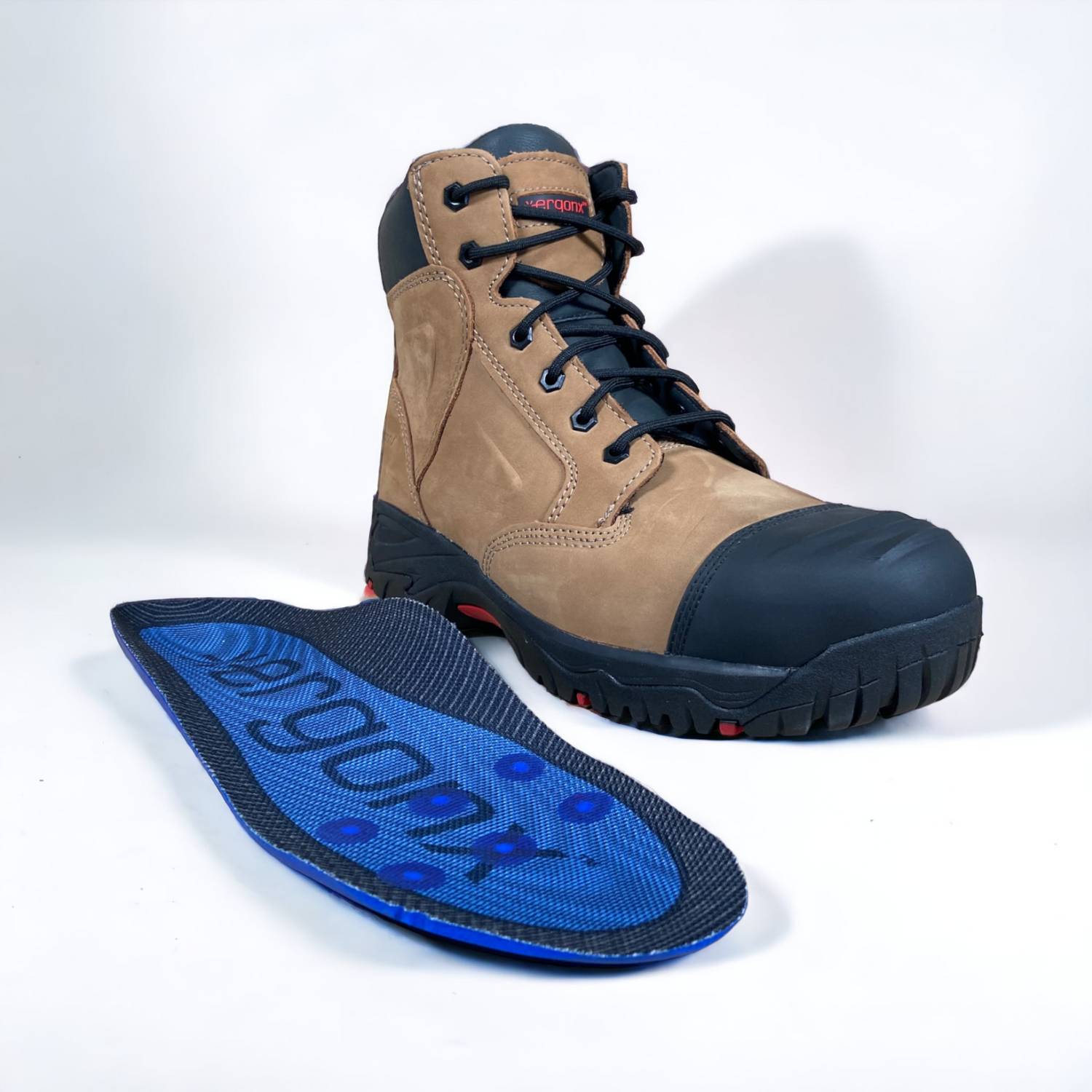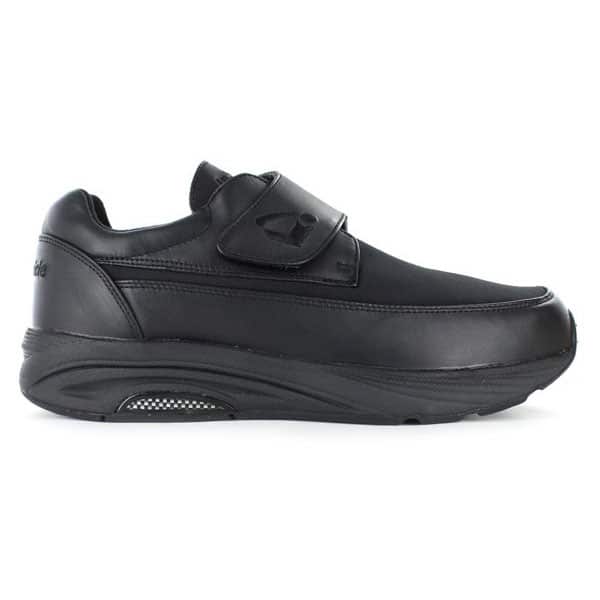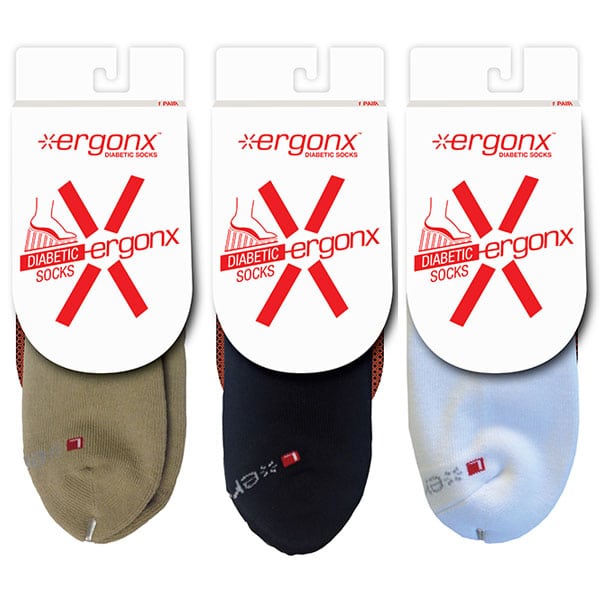What structures does the Achilles Soleus Stretch target?
Achilles Tendon
Soleus
Posterior Joint Capsule
What you need to do
Get down on all fours
Place one foot in front of the other (similar to a sprinter in the starting blocks)
Your front foot should be flat on the floor
Your back foot should have the top against the floor (as indicated)
Lower your buttocks towards that ground


Anatomy:
Soleus is a major calf muscle that arises below the knee joint. Above it attaches to the tibia and fibula, at the backside of their upper ends and below it joins the Gastrocnemius muscle forming Achilles tendon, which then inserts into the heel bone (calcaneus). Soleus lies underneath the Gastrocnemius muscle and is responsible for downward flexion of the ankle.
Other muscles that assist in downward flexion of the ankle include Tibialis Posterior, Flexor Hallucis Longus and Flexor Digitorum Longus. Flexor Hallucis and Digitorum Longus have long tendons that pass under the sole of the foot and insert into the big and small toes respectively.
The tendon of Tibialis Posterior also passes deep to the sole of the foot providing stability to the longitudinal arch of the foot. All these muscles cause inversion (inward turning) of the foot.
Both Peroneus Longus and Brevis play an important role in supporting the ankle and foot in the standing posture. These muscles cause downward (plantar) flexion of the ankle, but contrary to the action of above-mentioned muscles, these cause eversion (outward turning) of the foot.
Regular Movement:
The ankle should bend to the maximum limit so that one feels pressure at the front of the ankle and tension in the calf.
The normal range of dorsiflexion (upward bending) of the ankle is approximately 20 degrees from the normal standing position. Further flexion is restricted by tension in the calf muscles.
Advantages:
This exercise is very effective for relieving tightness in the calves or Achilles tendon especially after sports activities comprising of hopping, hurdling, jumping from heights, climbing uphill etc.
Also useful for the treatment of shin splints and are recommended after aerobics or step dance classes.

